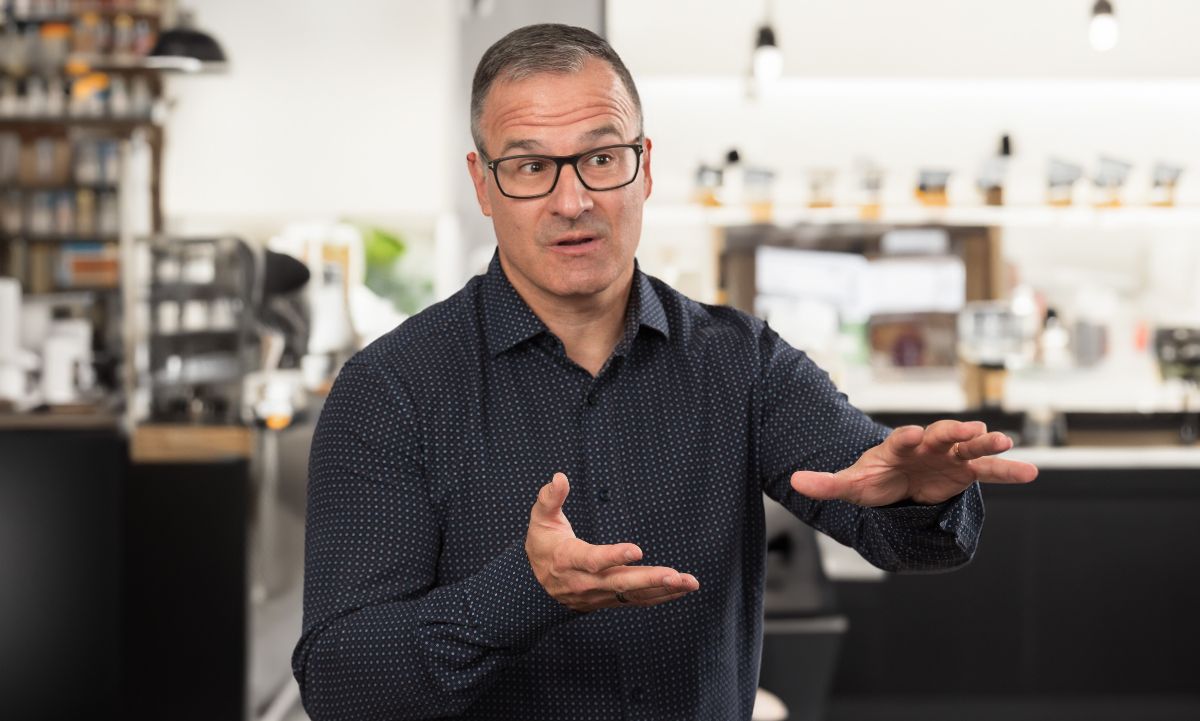In Consulting Masterclass, we use real-life scenarios to explore how to engage clients in enlightening discussions. It applies to internal discussions as well as to external consultants. Here’s an example of a typical executive conversation for me:
VP: We’re implementing a major change. We’ve been through these before, but not at this size and scope. To be honest, we’ve been putting this off. There’s a lot of concern about whether we can get this done based on the complexity of the project. But we can’t wait any longer. We need to move faster, and this update will allow us to get rid of some aging systems and rework our processes.
Jeff: There’s going to be significant shock as you move forward. People are going to feel threatened.
VP: Why?
J: So many reasons. The people who have been the “go to” super users with your existing systems and processes will lose all of their influence. Everyone will be equally learning from point zero. People will have a foot in two worlds during the transition and will be afraid of failing. Managers will be trying to help people shift their behavior while also trying to learn the changes themselves. Plus, there are bound to be hiccups as you roll it out. That can set people back on the learning curve.
VP: Right. We suspect there may be some resistance. That’s why you and I are talking.
J: More resistance than you might think. It’s not always people saying, “I’m not going to do this.” Many will wait to see how this plays out. They’re on side, but cautious. This requires proactive work.
VP: What can you do for me?
J: My focus is to help you shift the people most likely to resist into supporters, and to make supporters into leaders others will follow. I want to generate tangible momentum for this project.
VP: What is tangible momentum?
J: It’s evidence that people are on board: Leaders ensuring that it remains on the agenda during team meetings; Employees talking about the change in positive terms; People asking intelligent questions about what will happen; Workforce showing up for updates and training. There are many indicators that can help you predict whether your entire project will be a success.
VP: How will you do that?
J: I’ll be happy to outline my approach with a proposal.
VP: What is it going to cost me?
J: Well, I need to know a bit more about your scope, but let’s start with some basics. What’s the budget for the entire program?
VP: I can’t disclose that.
J: Ballpark it for me. Are we talking hundreds of thousands or millions of dollars? Other projects with this scope are typically in the low millions.
VP: We’re not that big, but certainly high thousands.
J: And I’m sure you had to generate a business case in order to justify the expense. What returns are you expecting?
VP: It won’t generate revenue but we are expecting significant cost savings.
J: Time efficiencies, reduced maintenance costs, and perhaps some FTE reduction?
VP: We’re not advertising that, but yes, those are all on the table.
J: And every single one of those is dependent on your people stepping up to do something very different from what they do today. Right?
VP: Yes.
J: Then you can’t afford to overlook the need to lead this change well with a focus on the people dimension. Right now you are facing significant risk. You need your people on board. That’s where I can deliver a ton of value for you and this organization. I can not only reduce the risks you face, but potentially increase your expected returns.
VP: Tell me more.
Would this kind of approach help you educate the C-suite about leading change? Would it help you get into the projects you want? Consider attending my Consulting Masterclass or reading my book, Dancing with Disruption, to learn more about these types of approaches.
Thoughtfully yours,
Jeff Skipper



